Dry, chapped lips can be a constant struggle, especially during harsh weather conditions. While many lip balms promise relief, one ingredient stands out for its exceptional moisturizing properties: lanolin. This natural substance, derived from sheep's wool, has gained popularity as a key component in lip care products. Let's explore why lanolin lip balm has become a go-to solution for those seeking soft, hydrated lips.
Key takeaways:
• Lanolin is a natural emollient that closely mimics human skin oils
• It can hold up to 400% of its weight in water, providing long-lasting hydration
• Lanolin lip balm forms a protective barrier on lips, locking in moisture
• It's safe for most users, though some may have allergies or sensitivities
What is lanolin and how does it work?
Lanolin is a waxy substance secreted by sheep to protect their wool and skin from the elements. Its molecular structure is remarkably similar to human skin lipids, making it highly compatible with our skin[1]. When applied to lips, lanolin forms a semi-occlusive barrier that prevents moisture loss while still allowing the skin to breathe.
Dr. Sarah Johnson, a dermatologist specializing in lip care, explains: "Lanolin's unique properties allow it to penetrate the skin's surface, delivering deep hydration and creating a protective layer. This dual action makes it particularly effective for treating dry, chapped lips."
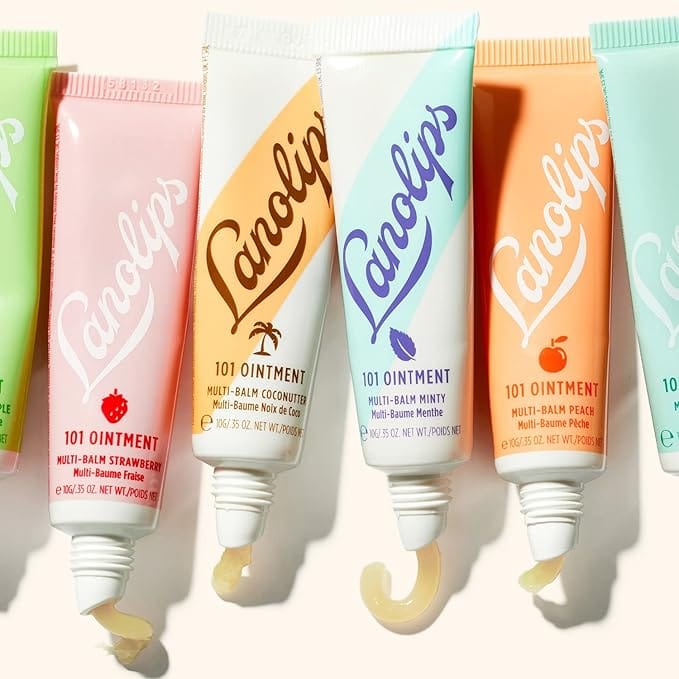
Lanolips 101 Ointment Multi-Balm
Fruity Lip Balm with Vitamin E Oil and Lanolin for Lip Hydration
The benefits of lanolin for lip care
Superior moisturization
One of the most significant advantages of lanolin lip balm is its exceptional moisturizing ability. Studies have shown that lanolin can hold up to 400% of its weight in water, providing long-lasting hydration to parched lips. This property makes it especially beneficial for those living in dry climates or dealing with winter weather.
Healing and protection
Lanolin doesn't just moisturize; it also aids in the healing process of damaged lip tissue. Its emollient properties help soothe cracked lips and promote cell regeneration. Additionally, the protective barrier it forms shields lips from environmental stressors like wind and cold air.
Natural and safe
For those seeking natural skincare solutions, lanolin lip balm is an excellent choice. It's minimally processed and free from synthetic additives. While some individuals may be sensitive to lanolin, it's generally considered safe for most users, including nursing mothers[2].
Choosing the best lanolin lip balm
With numerous options available, selecting the right lanolin lip balm can be overwhelming. Here are some factors to consider:
Purity
Look for products that use high-grade, purified lanolin. Some brands, like Lansinoh, offer medical-grade lanolin that's safe enough for use on nursing mothers' nipples and babies' lips.
Additional ingredients
While pure lanolin is effective on its own, some formulations include complementary ingredients like vitamin E or beeswax for added benefits. Consider your specific needs when choosing a product.
Application method
Lanolin lip balms come in various forms, including tubes, tins, and stick applicators. Choose one that suits your preference and lifestyle.
Lanolin-free alternatives
For those with lanolin allergies or sensitivities, there are effective alternatives available. Plant-based oils like jojoba, coconut, or shea butter can provide similar moisturizing benefits. Vegan lip balms often use these ingredients as lanolin substitutes.
Dr. Emily Chen, a cosmetic chemist, notes: "While lanolin is hard to beat in terms of its moisturizing properties, plant-based alternatives can be equally effective for many people. It's about finding what works best for your individual skin."
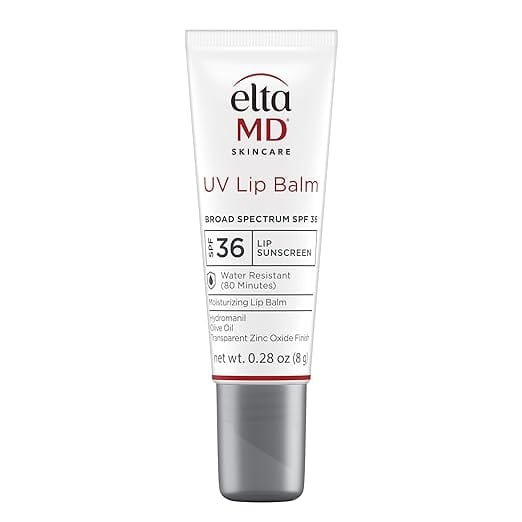
EltaMD UV Lip Balm
Sunscreen, Moisturizes and Protects Dry Cracked Lips, Water Resistant up to 80 Minutes, Transparent Zinc Oxide Lip Sunscreen
The future of lip care: Beyond lanolin
As research in skincare advances, new ingredients and formulations continue to emerge. Some innovative lip care products are incorporating hyaluronic acid, peptides, and plant stem cells to enhance moisturization and promote lip health.
However, lanolin remains a staple in many lip care routines due to its proven efficacy and natural origin. As consumers become more conscious of ingredient sourcing and sustainability, ethical lanolin production may become an important consideration in the future of lip care products.
Conclusion
Lanolin lip balm offers a powerful, natural solution for dry, chapped lips. Its unique properties provide deep hydration, protection, and healing benefits that make it a standout choice in lip care. Whether you opt for a pure lanolin product or a formulation with additional ingredients, incorporating this natural wonder into your lip care routine can help you achieve soft, supple lips year-round.
Remember, while lanolin is generally safe and effective, it's always wise to patch test new products, especially if you have sensitive skin or allergies. With the right lip care routine, you can say goodbye to dry, uncomfortable lips and hello to a smooth, healthy pout.

References:
- Barba, C., Méndez, S., Roddick-Lanzilotta, A., Kelly, R., Parra, J. L., & Coderch, L. (2008). Cosmetic effectiveness of topically applied hydrolysed keratin peptides and lipids derived from wool. Skin Research and Technology, 14(2), 243-248. https://doi.org/10.1111/j.1600-0846.2007.00280.x
- Clark, E. W., & Steel, I. (1993). Investigations into biomechanisms of the moisturizing function of lanolin. Journal of the Society of Cosmetic Chemists, 44(4), 181-195.
- Abou-Dakn, M., Fluhr, J. W., Gensch, M., & Wöckel, A. (2011). Positive effect of HPA lanolin versus expressed breastmilk on painful and damaged nipples during lactation. Skin Pharmacology and Physiology, 24(1), 27-35. https://doi.org/10.1159/000318228
Citations:
[2] https://editiondaily.com/the-benefits-of-lanolin-lip-balm-your-ultimate-guide-to-soft-hydrated-lips/
[4] https://www.babybeehinds.com.au/lanolin-benefits-twenty-other-uses-for-lanolin-magic-balm/
[5] https://www.healthline.com/health/lanolin-oils
[6] https://www.reddit.com/r/AustralianMakeup/comments/15ck0xp/whats_the_deal_with_lanolips_im_a_bit/
[7] https://lanolips.com.au/blogs/blog/is-lanolin-good-for-your-lips



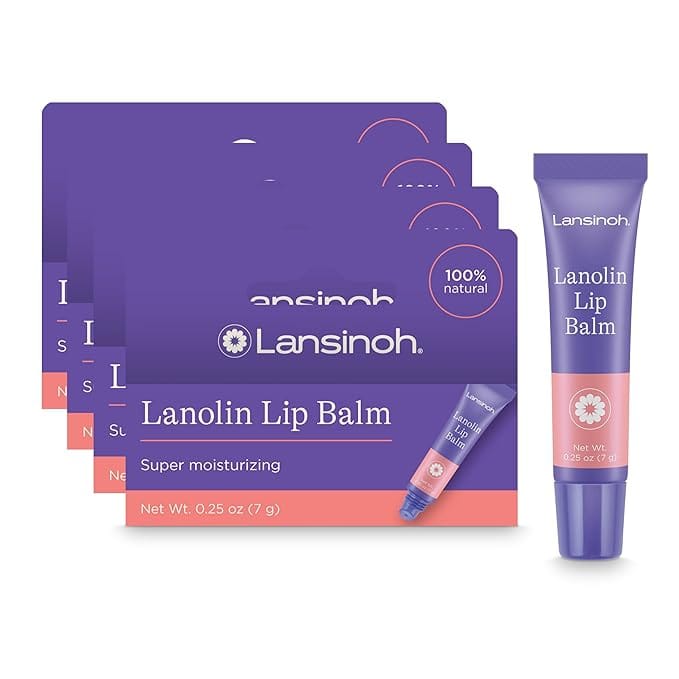
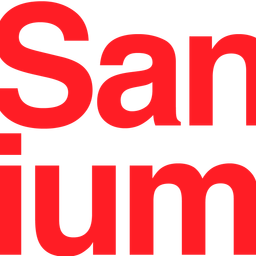
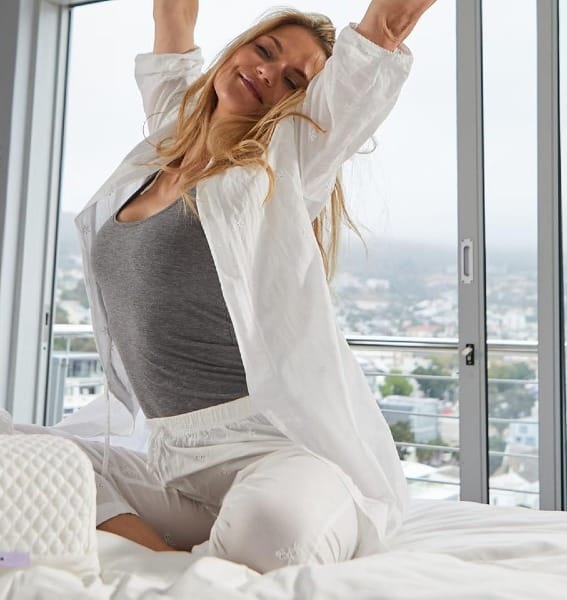





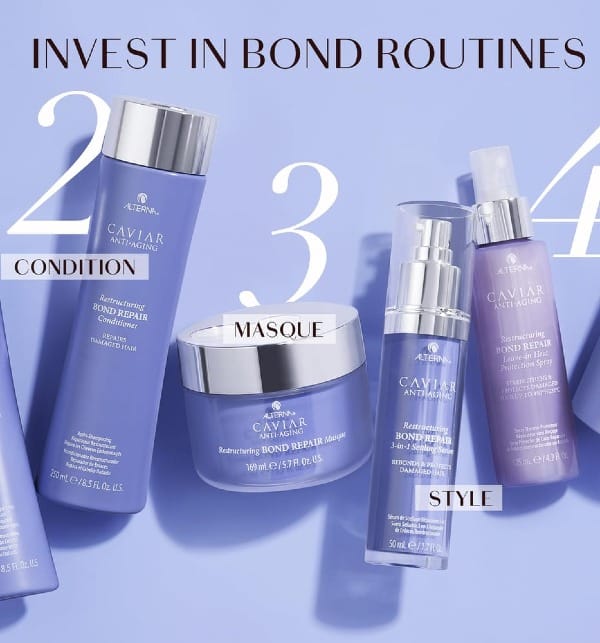

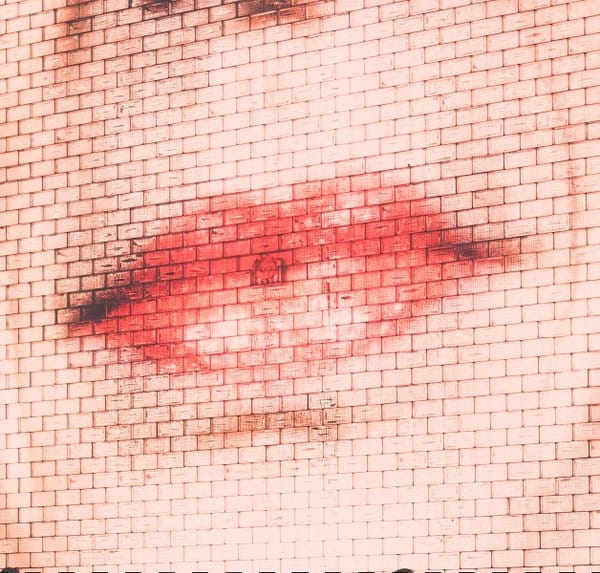

Member discussion